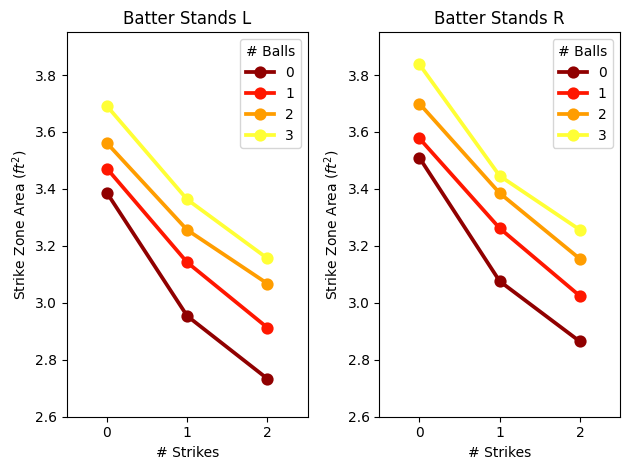MLB umpires, despite criticisms, are remarkably consistent in their strike zone calls. Rare large mistakes attract negative attention when they hurt one team a critical moment. Just as important, however, are small biases umpires exhibit based on contextual factors. These include the what side the batter stands on as well as the count in the current at-bat and recent calls the umpire has made. As the league pushes towards automatic calls using a camera system ( link ) it is important to understand how this human element shapes the flow of the game.

This site allows you to visualize and compare these biases across umpires. Explore the links below to learn more. Functionallity for visualizing strike zones for individual games coming soon.
Strike Zones and biases differ across umpires.
Individual Strike Zones shape outcomes
Strike Zone Size for different counts (click image to view blog post)

This site allows you to visualize and compare these biases across umpires. Explore the links below to learn more. Functionallity for visualizing strike zones for individual games coming soon.
Strike Zones and biases differ across umpires.
Select an umpire to view both their strike zone and their call probability ⊥ of pitch location. This is achieved by simulutaneously modeling p(strike| pitch_location, count, call_history) - see related blog post. for additional details. This visualization overlays the average bias (black) on top in addition to the selected umpire.
Bill Miller
Individual Strike Zones shape outcomes Strike Zone Size and Outcome by Umpire
2017-2024
Strike Zone Size and Outcome by Umpire
2017-2024